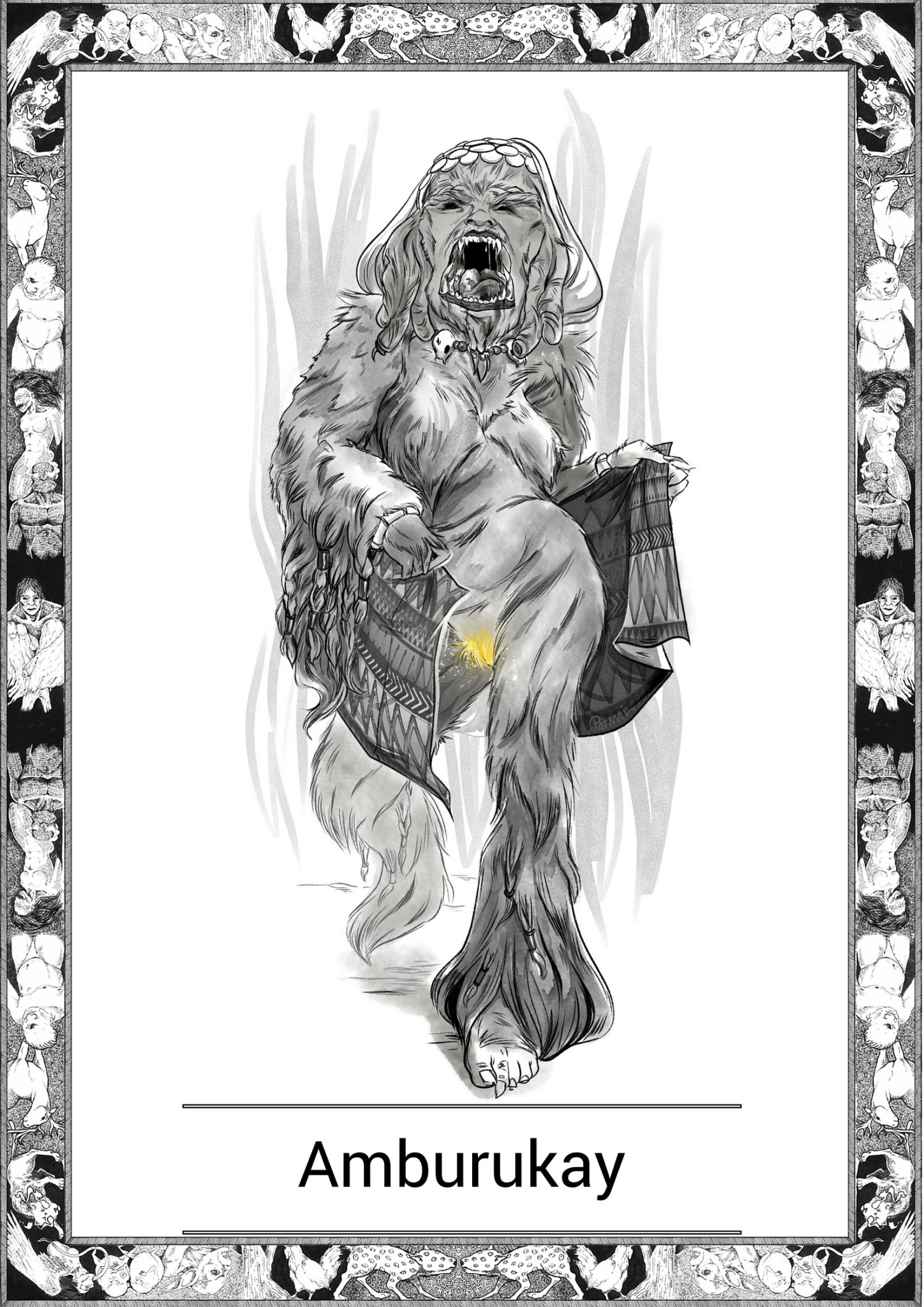
*Note this poem is in Tagalog
Dito kung saan kami tumigil
Dito kung saan kami magsisimula
Ang Muya
Ang Bayi-bayi
Ang pangalan niya ay Amburukay
Itinatago niya ang kaniyang mga dalaga
Itinatago niya dila sa kaniyang Tore
Ang Muya
Ang Bayi-bayi
Kung sino man ang makakukuha ng kaniyang tuos
Ng kaniyang gintong bulbol
Ay mapakakasalan siya,
Taghoy, ang duwende
Ang espiritung-gabay
Ng Labaw Donggon
Ay nagsabing ayusin niya
Ang sira niyang bidya
Tanging ang tuos
Ng Muya
Ng Bayi-Bayi
Kinuha niya
Alam niyang hindi ito sa tuos
Ng Muya
Ng Bayi-bayi
Ang kaniyang dapat pakasalan
Amburukay
Noong araw ng itinakdang kasal
Ang kaniyang tahanan
Ang tahanan ng lalaki
Ay ibinigay sa Muya
Sa Bayi-bayi
Umiyak ang Labaw Donggon
Hindi ang Muya
Hindi ang Bayi-bayi
Hindi ko siya mapakakasalan
Amburukay
Ito ang kaniyang binukot
Ang kaniyang tinatagong mga dalaga
Ang mga anak niyang babae
Natuwa ang Labaw Donggon
Kung saan kami huminto
Dito kami matatapos
=——————————-=-
English Version
Where we all pause
Here shall we begin
The Muwa
The Bayi-bayi
Her name, Amburukay
She hides her kept maidens
Hides them in her tower
The Muwa
The Bayi-bayi
Whoever gets her tuos*
Her golden pubic hair
Will marry her
Taghoy, the duwende
The spirit guide
Of Labaw Donggon
Tells him to fix
His broken bidya
With only the tuos
Of the Muwa
Of the Bayi-bayi
He takes it
He knows not of the tuos
Of the Muwa
Of the Bayi-bayi
He must marry
Amburukay
The wedding day
His house
The house of the groom
Is brought to the Muwa
To the Bayi-bayi
Labaw Donggon cries in despair
Not the Muwa
Not the Bayi-bayi
I cannot marry her
Amburukay
Is not there
It is her binukot
Her kept maidens
Her adopted daughters
Labaw Donggon rejoices
Where we all pause
Here shall we end
————————–
*A tuos is a sacred vow or pledge. (This is in reference to the story wherein anyone that gets Amburukay’s golden pubic hair must marry her, as was the sacred magical binding contract of her parents)
*Tagalog is an Austronesian language spoken as a first language by a quarter of the population of the Philippines and as a second language by the majority. Its standardized form, officially named Filipino, is the national language of the Philippines, and is one of two official languages alongside English.
Written by Karl Gaverza (In the style of a Sugidanon [Epic] of Panay)
Translation by Gabriela Baron
Copyright © Karl Gaverza
Translation Copyright © Gabriela Baron
Story adapted from Amburukay: Sugidanon (Epics) of Panay. Caballero & Caballero-Castor translation by Magos. 2015.
Amburukay Illustration by Patmai De Vera
FB : Art of Patmai
TUMBLR : http://blog.patmai.net/
IG: https://www.instagram.com/
